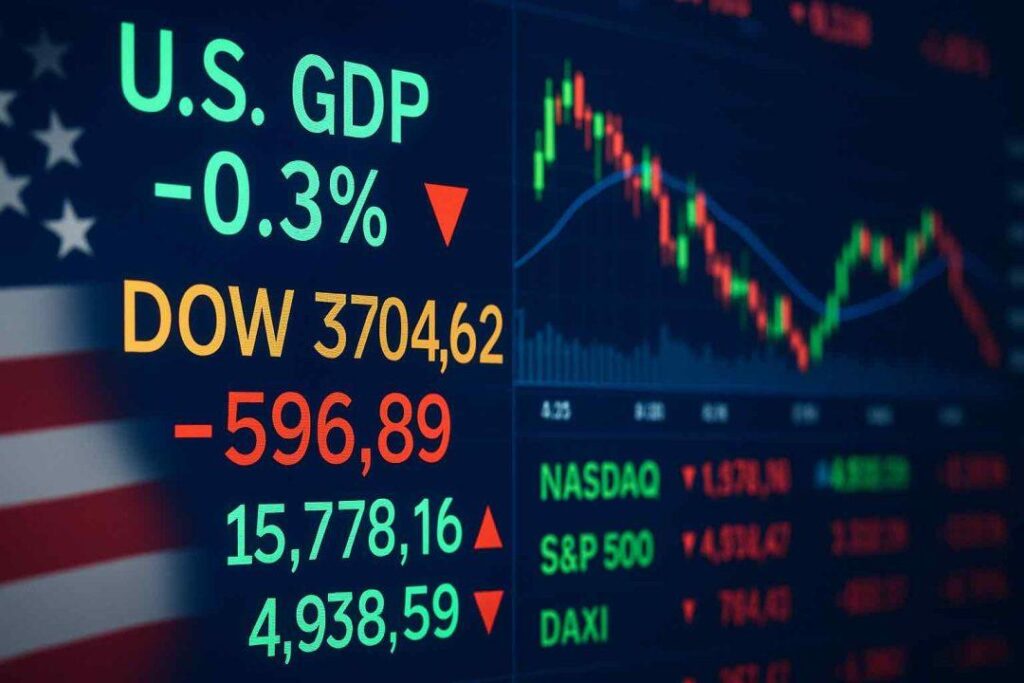U.S. Economy Encounters Challenges as First GDP Report of Trump Era Reveals Decline
The initial GDP report from the Trump administration has taken many by surprise, revealing a contraction of 0.3%. This unexpected downturn raises significant concerns among economists and policymakers regarding the viability of economic growth in the near future. Analysts are cautioning that if this trend continues, it could lead to broader uncertainties impacting consumer confidence and business investments. With inflation remaining a pressing issue, the Federal Reserve faces an increasingly complex task; any efforts to stimulate growth must be carefully balanced against potential inflationary pressures.
Several key factors have contributed to this economic decline:
- Reduced consumer expenditure: Households are becoming more cautious with their spending amid uncertain economic prospects.
- Supply chain challenges: Ongoing disruptions are leading to delays and increased costs across various industries.
- Lack of clarity in trade policies: Ambiguity surrounding trade regulations is making businesses hesitant about investing.
In response to these developments, analysts are closely tracking essential indicators that reflect the economy’s health. The following table summarizes critical trends shaping current economic outlooks:
| Indicator | Current Value | Status | ||||
|---|---|---|---|---|---|---|
| Consumer Confidence Index | 98.5 | Tending Downward (↓) | ||||
| Unemployment Rate | 4.5% | Tending Upward (↑)
| < th >< strng >>Impact | tr >>Regulatory Reforms | < td <>Streamlining regulations facilitates smoother business operations encouraging new ventures.< / tr < |
|---|
| < td <>Cultivating skilled workforce capable meeting demands evolving economies needs.< / tr < |
| < td <>Providing grants low-interest loans bolsters entrepreneurial endeavors significantly./ |
